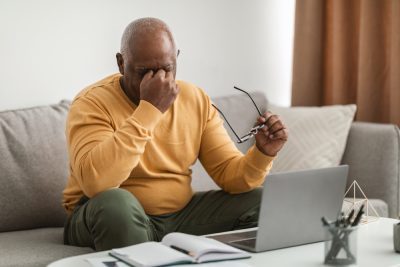The simple act of taking a short walk after meals, long considered just a pleasant ritual, may be one of the most effective ways to extend your life. From improving digestion to lowering blood sugar and enhancing cardiovascular health, this accessible practice offers multiple pathways to longevity. While many health interventions require significant lifestyle changes or complex routines, post-meal walking stands out for its simplicity and profound impact on overall health.
Understanding the benefits
Post-meal walking stimulates the digestive system, aiding in the breakdown and movement of food through the digestive tract. Unlike remaining sedentary, which can increase bloating and slow digestion, this gentle movement helps prevent acid reflux and improves nutrient absorption. The physical activity creates a natural rhythm that supports your body’s digestive processes, leading to better gut health and reduced discomfort after meals.
One of the most significant advantages is blood sugar management. Studies show that even a brief walk can help lower blood sugar spikes by improving insulin sensitivity. This benefit is particularly important for people with prediabetes or diabetes, as stable blood sugar levels can reduce the risk of complications. The simple act of moving your muscles helps transport glucose from your bloodstream to your cells more efficiently, providing both immediate and long-term health benefits.
Impact on overall health
Weight management
Walking after meals contributes to weight control through additional calorie burning and metabolism boosting. Over time, this practice can lead to healthier body composition, helping prevent obesity-related illnesses that can impact life expectancy. The cumulative effect of these short walks can make a significant difference in maintaining a healthy weight without the need for intense exercise regimens.
Cardiovascular benefits
Regular post-meal walking supports heart health through multiple mechanisms. The gentle exercise helps reduce cholesterol levels, stabilize blood pressure, and improve circulation throughout the body. These combined effects significantly decrease the risk of heart attacks and strokes, making it an essential practice for cardiovascular health. The regular movement also helps strengthen the heart muscle and improve overall endurance.
Mental well-being
Walking, especially outdoors, serves as a form of moving meditation that promotes relaxation and reduces anxiety. This natural stress-reducer helps lower cortisol levels, supporting better mental health and cognitive function. The practice becomes particularly beneficial in preventing age-related mental decline, as the combination of physical activity and engagement with the environment stimulates brain function and promotes neuroplasticity.
The science of longevity
Post-meal walking fights inflammation, a major contributor to age-related diseases including arthritis, heart disease, and Alzheimer’s. This regular activity supports cellular health through autophagy—the body’s process of removing damaged cells and regenerating healthier ones. The impact on cellular health represents one of the most fascinating aspects of this simple practice, as it directly influences the aging process at a molecular level.
Walking outdoors adds benefits through sunlight exposure, which helps regulate circadian rhythms and supports vitamin D production. These elements contribute to immune health, sleep quality, and mood, further enhancing the life-extending advantages of walking after meals. The natural light exposure particularly helps maintain healthy sleep-wake cycles, which are crucial for overall health and longevity.
Starting your walking routine
The optimal approach to post-meal walking requires careful attention to timing and duration. Begin your walk 10-15 minutes after eating, allowing for initial digestion to start. A duration of 10-30 minutes provides the most benefits while remaining manageable for most people. The key is maintaining a comfortable pace that allows for easy movement without overexertion, as the goal is to support health rather than achieve an intense workout.
This story was created using AI technology.














